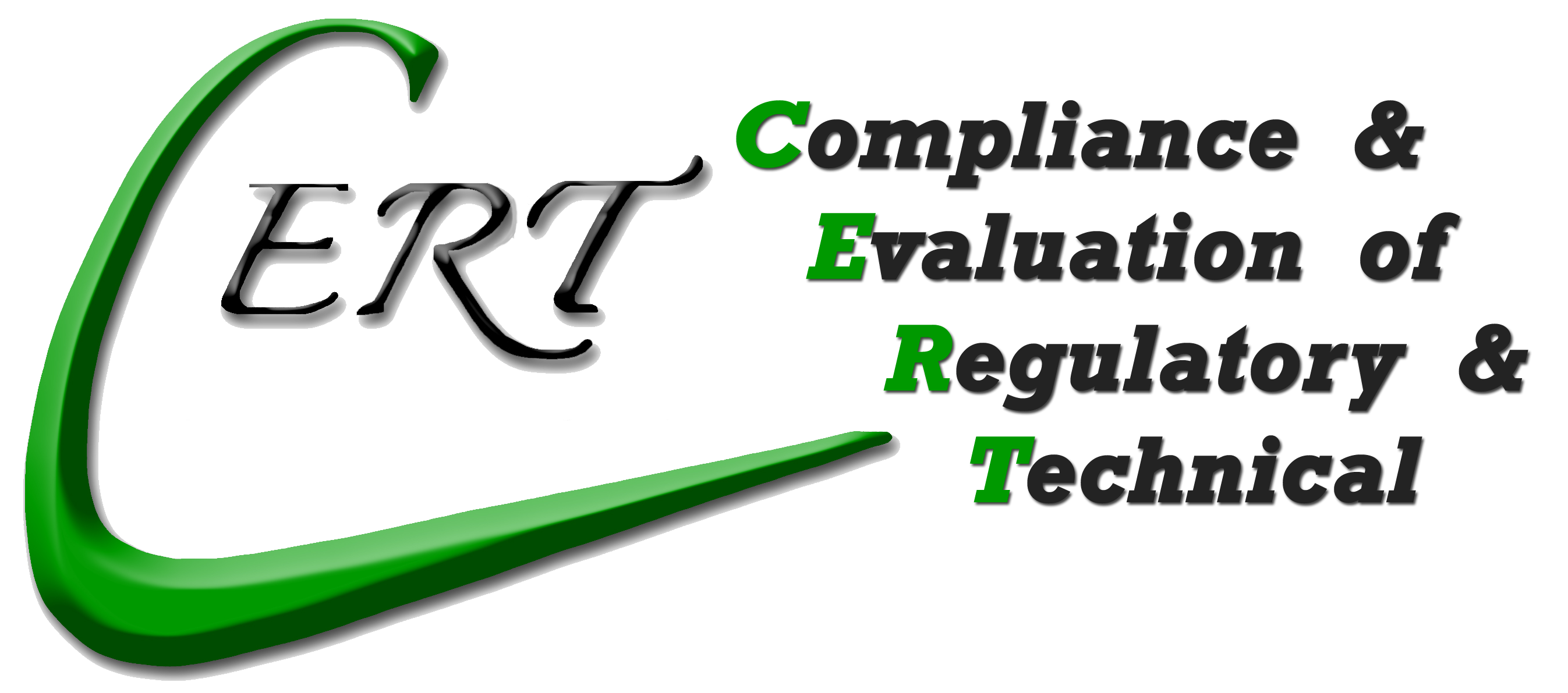CERT provides specialist product legislation and technical support across food, supplements, and all categories of household products. The only exclusion is medicinal products. You are welcome to explore our website to see how we can support your business—or better still, give us a call or send us an email.
In the meantime, here is a quick overview of Pet food and how CERT can assist:

Pet food and accessories must carry both general and specific mandatory labelling. The labelling and presentation must not mislead the consumer regarding the nature, method of manufacture, quantity, durability, composition, or the species of animals for which the product is intended. This can become more challenging when dealing with products such as “Santa’s Reindeer Food” (often sold as wild bird food) or dietetic pet food (“PARNUTS”).
CERT works with EU Regulations, the European Pet Food Industry Federation, national legislation, and sector trade associations to ensure your pet food labelling is compliant with legal requirements in your target markets while remaining consistent with your company branding.
Useful Tip
As an example, dogs require 37 essential nutrients and cats require 41. These include vitamins, trace elements, fatty acids, and amino acids. Each one must be properly declared on the label in a compliant and transparent way, ensuring clarity for consumers and regulators alike.
The Legal Requirements
General mandatory labelling
- Type of feed, e.g. “feed material”, “complete feed”, or “complementary feed”. For pets other than cats and dogs, this may be replaced by “compound feed”. The term “pet food” is also permitted.
- Business name and address of the responsible feed operator (i.e. manufacturer).
- Establishment or registered factory approval number.
- Batch or reference number.
- Net quantity.
- List of feed additives, introduced by the heading “Additives”.
- Moisture content, if greater than 14%.
Specific mandatory labelling
- Species or category of animals for which the feed is intended.
- Instructions for proper use, stating purpose and feeding guidelines (e.g. per animal per day or % of total daily ration).
- Where the manufacturer is not responsible for the labelling, the name and address of the producer or identification number.
- Minimum durability: “use before DD/MM/YY” for highly perishable feed or “best before MM/YY” for other feed.
- Composition: listing all feed materials in descending order by weight (based on moisture). The European Commission also provides approved category names as alternatives.
- If emphasis is made on an ingredient (via text, images, or graphics) its name and percentage by weight must be declared.
- Analytical Constituents: compulsory declarations of crude protein, crude oils/fats, crude fibre, and crude ash. Equivalent terms such as “protein” or “fat content” may be accepted provided accuracy is not compromised.
- Contact details (e.g. telephone number) must be provided for purchasers seeking clarification on feed additives or composition.
- All information must be permanent, conspicuous, and legible, given in the appropriate national language(s), and not obscured by other content.
How CERT can help
We ensure that your labelling and presentation are compliant and do not mislead the consumer regarding the nature, durability, composition, or the intended species.
Pet food follows the “mixing bowl” concept used in food, but with distinct differences: you must declare “Composition” rather than “Ingredients”, and nutritional and feeding guidelines follow pet‑specific rules.
With an estimated 44% of UK households owning a pet, the market remains strong. The most popular pets are:
- Indoor fish – 15–20 million
- Outdoor fish – 15–20 million
- Dogs – 8.5 million
- Cats – 7.5 million
- Rabbits – 1 million
- Indoor birds – 0.7 million
- Reptiles – 0.7 million
(Source: PFMA Pet Population 2017)
The contents of the feed also determine its legal name and presentation. For example, whether the title is “Chicken Dinner”, “…with Chicken”, “Rich in Chicken”, or “Chicken Flavour” has a direct regulatory impact, as does the designation of “Complete Pet Food” versus “Complementary Pet Food”.
Whether you sell your products pre‑packed or loose (e.g. in bins and hoppers), CERT can provide tailored advice and full support on labelling, documentation, and market‑specific product markings.
CERT deliver bespoke solutions that fit your development schedule, matched to the unique needs of your business. Contact CERT to discuss a tailored compliance solution that helps protect your brand and ensures market readiness.
Let’s see how we can get your product up and running with the right service or specialist support. Please select ‘Would you like to discuss your project?‘ so we can connect you with the most suitable regulatory expert in our team and make the most of our first call.
Clear Effective Responses to Technical challenges

